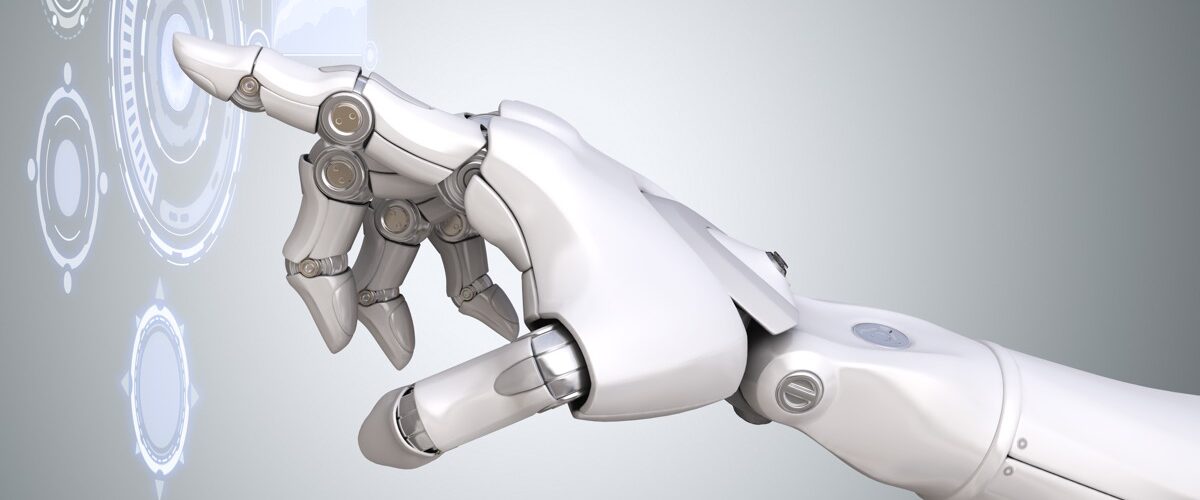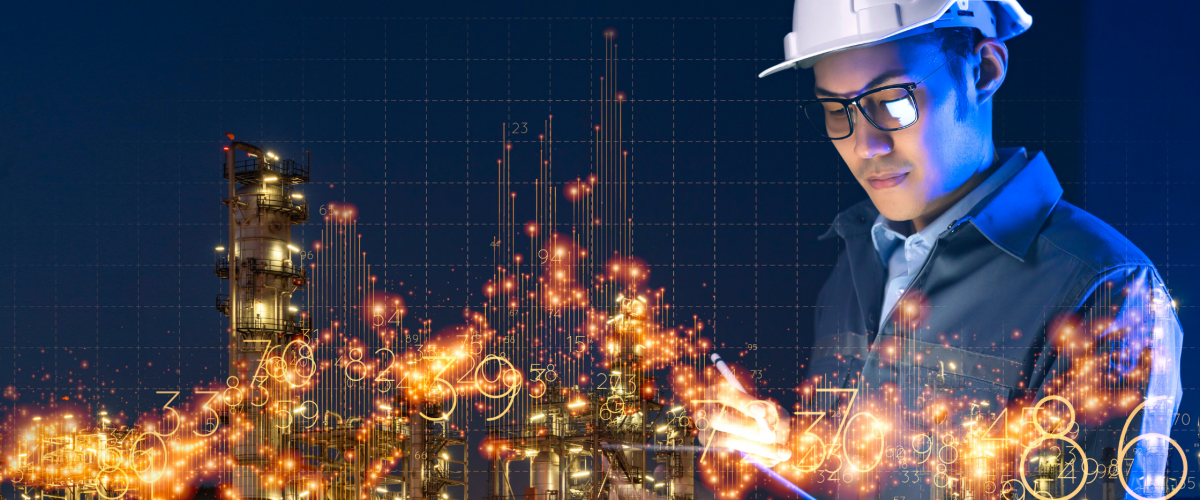The petroleum industry is one of the most technology-driven sectors, continuously seeking innovations to boost efficiency, safety, and sustainability. Today, Artificial Intelligence (AI) and Machine Learning (ML) stand at the forefront of this transformation, especially in optimizing the performance of petroleum equipment. By harnessing vast amounts of operational data, AI and ML technologies enable oil and gas companies to make smarter, faster, and more informed decisions that enhance equipment reliability and productivity.
In this article, we explore how AI and machine learning are revolutionizing petroleum equipment management and why embracing these technologies is crucial for future-ready operations.
Understanding AI and Machine Learning in Petroleum Equipment
-
Artificial Intelligence (AI) refers to computer systems designed to perform tasks that normally require human intelligence, such as problem-solving, pattern recognition, and decision-making.
-
Machine Learning (ML) is a subset of AI that involves algorithms learning from data to improve performance over time without being explicitly programmed.
When applied to petroleum equipment—such as pumps, compressors, drilling rigs, and pipelines—AI and ML analyze complex data streams to detect anomalies, predict failures, and optimize operating conditions.
Key Applications of AI and ML in Petroleum Equipment Optimization
1. Predictive Maintenance
Traditional maintenance schedules often rely on fixed intervals or reactive approaches, which can lead to costly downtime or unexpected failures. AI-powered predictive maintenance uses sensor data and historical trends to forecast when equipment is likely to fail or degrade. This allows operators to perform maintenance proactively, reducing unplanned outages and extending equipment lifespan.
2. Real-Time Performance Monitoring
AI algorithms continuously monitor equipment performance by analyzing parameters like vibration, temperature, pressure, and flow rates. Machine learning models can detect subtle changes indicating inefficiencies or emerging issues that human operators might miss, enabling swift corrective actions.
3. Process Optimization
AI-driven optimization tools can adjust operational parameters dynamically to maximize output while minimizing energy consumption and wear. For example, optimizing pump speeds or valve positions based on real-time data improves throughput and reduces costs.
4. Anomaly Detection and Fault Diagnosis
Machine learning models excel at identifying unusual patterns in large datasets. By detecting anomalies early, AI systems alert operators to potential problems such as leaks, blockages, or component malfunctions before they escalate.
Benefits of AI and Machine Learning in Petroleum Equipment Management
-
Increased Equipment Uptime: Early detection of issues minimizes unplanned downtime.
-
Cost Efficiency: Optimized operations and predictive maintenance reduce repair expenses and energy costs.
-
Enhanced Safety: Monitoring critical equipment conditions prevents catastrophic failures that could endanger personnel.
-
Data-Driven Insights: AI provides actionable intelligence for better decision-making and strategic planning.
-
Scalability: AI systems can handle data from multiple assets and locations, supporting large-scale operations.
Challenges and Considerations
Despite their potential, integrating AI and ML into petroleum equipment management involves:
-
Data Quality and Availability: High-quality, comprehensive sensor data is essential for accurate models.
-
Technical Expertise: Skilled personnel are needed to develop, deploy, and maintain AI systems.
-
Integration: AI must seamlessly integrate with existing operational technology (OT) and IT infrastructure.
-
Cybersecurity: Increased connectivity requires robust protections against cyber threats.
The Road Ahead: AI and ML in the Future Petroleum Landscape
Looking forward, the role of AI and machine learning will only deepen with:
-
Edge Computing: Processing data near the equipment for real-time decision-making with low latency.
-
Digital Twins: Virtual replicas of physical assets updated in real time to simulate performance and predict outcomes.
-
Advanced Robotics: AI-controlled robotic systems performing inspections and maintenance in hazardous environments.
-
Collaborative AI: Systems that work alongside human experts, augmenting their skills and enhancing operational efficiency.
AI and machine learning are redefining how petroleum equipment is monitored, maintained, and optimized. By leveraging intelligent algorithms and big data, oil and gas companies can improve reliability, reduce costs, and enhance safety, crucial factors in today’s competitive and environmentally conscious energy market.
Embracing AI-driven solutions is no longer just an advantage; it’s becoming a necessity for operators who want to stay ahead in a rapidly evolving industry. The future of petroleum equipment management is smart, connected, and data-powered.
Read more on Sparkview Energy:
How IoT is Revolutionizing Petroleum Equipment Monitoring and Maintenance
Green Equipment: Reducing the Carbon Footprint of Petroleum Operations
The Evolution of Petroleum Equipment: From Traditional Tools to Smart Devices




